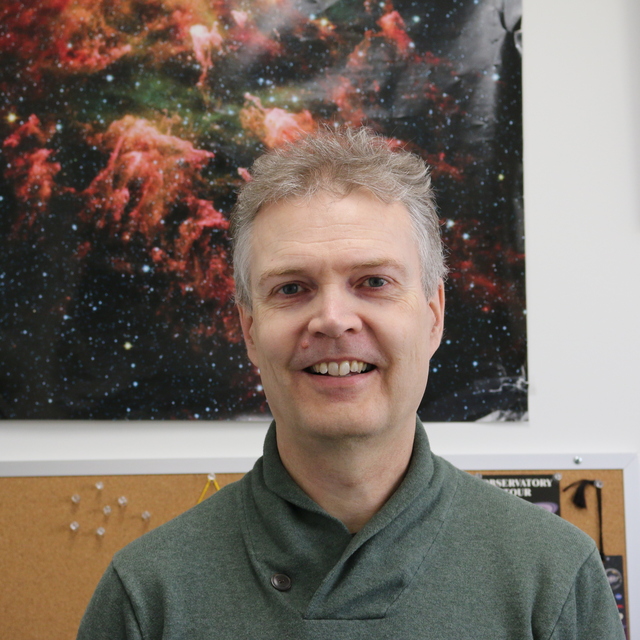
The Role of Galaxy Interactions and Mergers in Star Formation at z<=1.3: Mid-Infrared Properties in the Spitzer First Look Survey
April 2007 • 2007ApJ...659..931B
Abstract • By combining the 0.12 deg2 F814W Hubble Space Telescope (HST) and Spitzer MIPS 24 μm imaging in the First Look Survey (FLS), we investigate the properties of interacting and merging mid-infrared bright and faint sources at 0.2<=z<=1.3. We find a marginally significant increase in the pair fraction for MIPS 24 μm detected, optically selected close pairs, with a pair fraction of 0.25+/-0.10 at z~1, in contrast to 0.11+/-0.08 at z~0.4, while galaxies below our 24 μm MIPS detection limit show a pair fraction consistent with zero at all redshifts. In addition, 24 μm detected galaxies with fluxes >=0.1 mJy are on average 5 times more likely to be in a close galaxy pair in the range 0.2<=z<=1.3 than galaxies below this flux limit. Using the 24 μm flux to derive the total far-IR luminosity, we find that paired galaxies (early-stage mergers) are responsible for 27%+/-9% of the IR luminosity density resulting from star formation at z~1, while morphologically classified (late stage) mergers make up 34%+/-11%. This implies that 61%+/-14% of the infrared luminosity density and, in turn, ~40% of the star formation rate density at z~1 can be attributed to galaxies at some stage of a major merger or interaction. We argue that close pairs/mergers in a LIRG/ULIRG phase become increasingly important contributors to the IR luminosity and star formation rate density of the universe at z>0.7.
Some of the data presented herein were obtained at the W. M. Keck Observatory, which is operated as a scientific partnership among the California Institute of Technology, the University of California, and the National Aeronautics and Space Administration. The observatory was made possible by the generous financial support of the W. M. Keck Foundation.Links
- PREPRINT http://arxiv.org/abs/astro-ph/0701040
- DATA https://archive.stsci.edu/mastbibref.php?bibcode=2007ApJ...659..931B
- DATA https://hst.esac.esa.int/ehst/#/pages/search;bibcode=2007ApJ...659..931B
- DATA https://irsa.ipac.caltech.edu/bibdata/2007/B/2007ApJ...659..931B.html
- ELECTR https://doi.org/10.1086%2F512029
- SPIRES http://inspirehep.net/search?p=find+eprint+astro-ph/0701040





